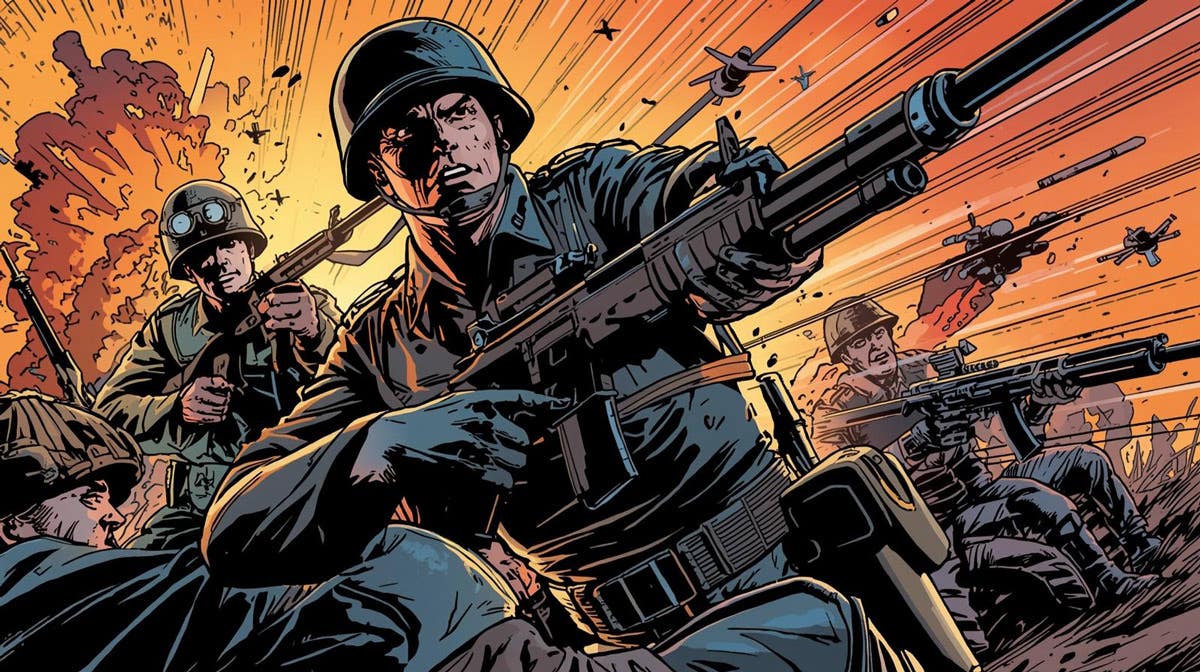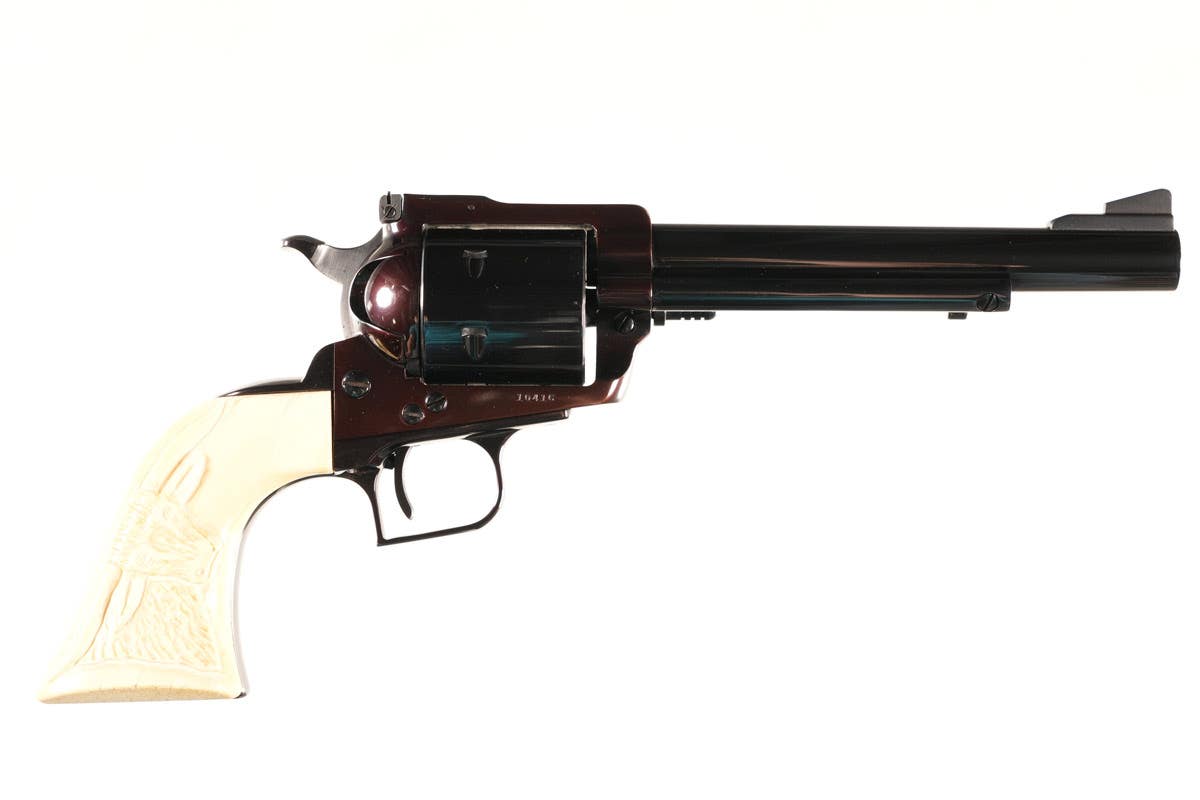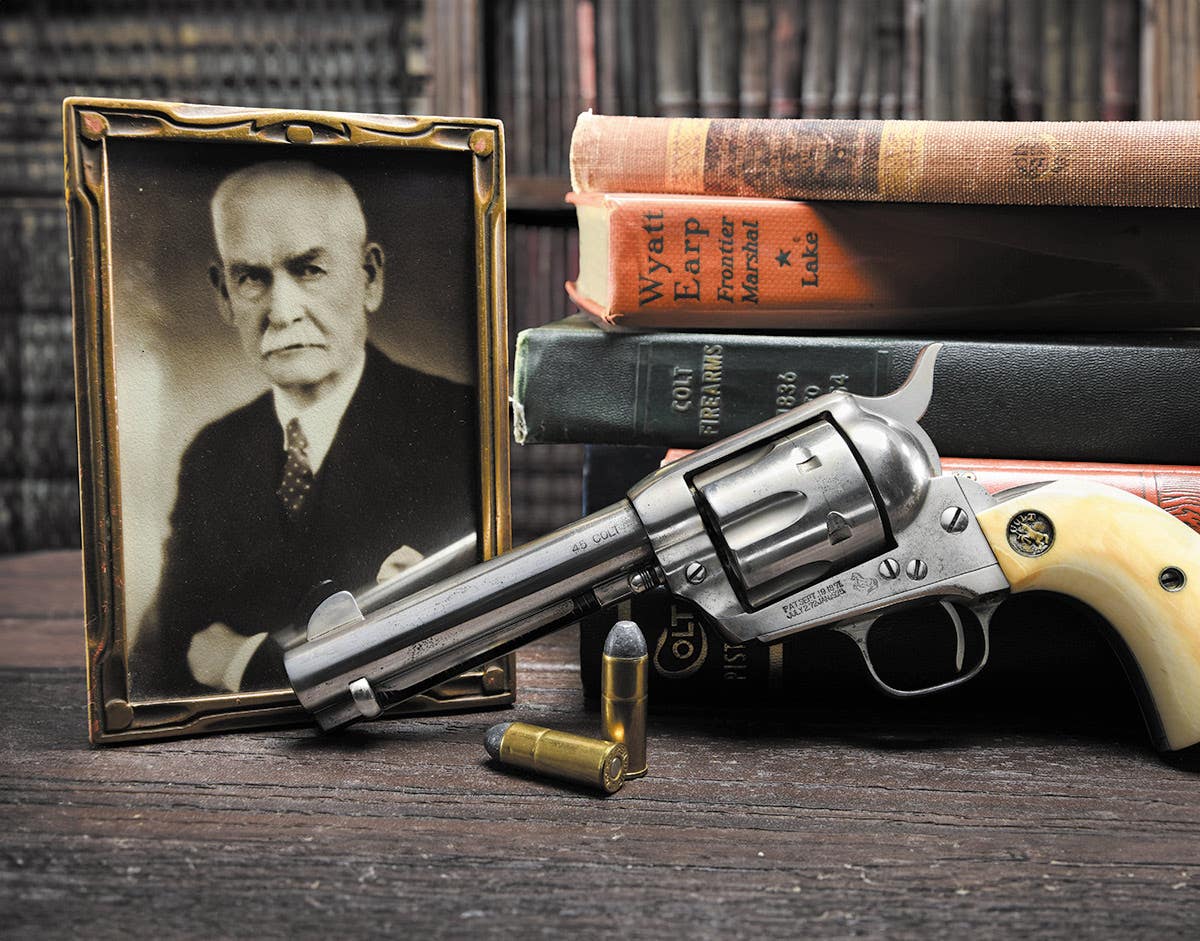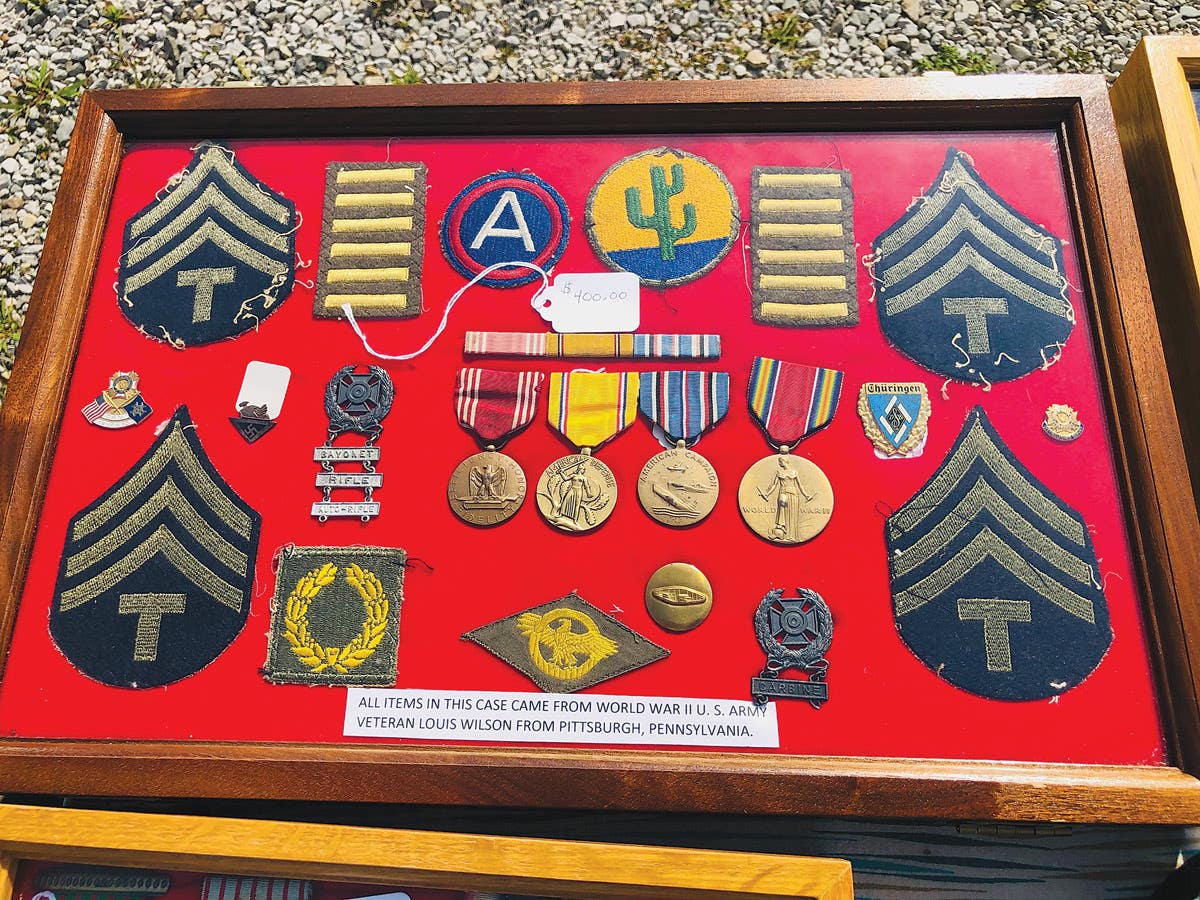Stuka Pilot’s Jacket: A Collector’s View
by Larry Menestrina I wanted to share with Military Trader readers some of my thoughts regarding last year’s MAX (Militaria Antiques Xtravaganza) Show and collecting militaria, in general. I have…
by Larry Menestrina
I wanted to share with Military Trader readers some of my thoughts regarding last year’s MAX (Militaria Antiques Xtravaganza) Show and collecting militaria, in general. I have been collecting WWI and WWII militaria since I was a kid in the 1960s—at least 45 plus years, now! My collecting interests have remained fairly consistent with my favorite areas being WWII uniforms, helmets, headgear, field equipment, and period photographs.
I’ve been passionate about collecting and studying militaria since my childhood days when I used to visit my maternal German grandmother in the Catskill Mountains of New York. I would listen to her stories about living in the German eastern province of Silesia during the war, and the perilous days when she, my mother, and uncle Bruno spent as refugees trying to reach Linz, Austria. They tried to protect the few photographs, documents, and possessions they carried with them. I spent many, fun-filled hours pouring over my grandmother’s old war time photographs and documents that were carried out in a little refugee wagon during the final days of the war I had the opportunity to attend last year’s MAX Show in Pittsburgh, Pa. It was a great Show for me, as I was able to pick up some really neat items for my collection and spend time reminiscing with my old collector friends. I acquired two very unusual Luftwaffe flying suit groupings.
The first flying suit group included a brown leather jacket with matching leather breeches and flying helmet. The jacket is a standard, private purchase piece with a cloth EM Luftwaffe eagle sewn above the right breast pocket. On the left side of the jacket, below the upper pocket, there are two pin size holes running vertically where a pilot badge could have been pinned.
The leather breeches match the style of the jacket and have a Gelmok manufacturer’s label sewn to the rear waist liner. In addition to the jacket and breeches, the grouping included the original brown leather winter flying helmet, Model K/33, with the RbNr. tag sewn into the fleece liner.
What really makes this group special, however, is the handwritten ink inscription on the inside cloth liner, lower left hand side of the jacket. I haven’t deciphered the entire inscription, but this is what I can determine so far: The first line includes the name of the pilot or air crew member, “J Mot...” The remaining letters of the last name have not been conclusively determined. Below the name is the number of the Luftwaffe Group (Gruppe): “II” followed by the number “77” that refers to Geschwader 77 (the equivalent of a USAF Wing). Geschwader 77 was actually a Sturzkampfgeschwader, or a “Stuka” dive bomber wing.
Below the Luftwaffe unit numbers the pilot or air crew member drew a picture of a diving bomb. This leads me to believe that this leather flying suit grouping came from a Stuka pilot who flew with Luftwaffe Gruppe II / Stuka Geschwader 77, (StG 77).
Stuka Geschwader 77, based in the Cherbourg area, participated in the early part of the Battle of Britain and was one of the main Stuka ground-attack units supporting operations at Stalingrad.
The other three-piece Luftwaffe flying suit I acquired at MAX 2013 was a tan cotton jacket (summer weight) with the two gull wing sleeve rank insignia of a staff sergeant sewn on both sleeves. This jacket came with matching tan Kanalhosen (channel pants) and a Luftwaffe Net helmet, (Model LKp N 101).
To top this all off, I found a Model 1942 German helmet with a camouflage paint scheme using brown and ochre colors in a pattern similar to the tortoise style pattern used on German helmets during World War I. I was able to find several pieces that fit nicely into my main collecting interests at very reasonable prices. I will display the Luftwaffe leather flying jacket at my table during the 2014 Show of Shows in Louisville, Ky., another one of my favorite shows.
CONNECTING WITH LIKE-MINDED FOLKS
I really enjoyed the 2013 MAX Show. In addition to finding some very nice items, it was a time to renew friendships, reminisce with old time militaria collector friends while enjoying evening meals filled with lively discussions from politics to the day’s activities and finds.
Interestingly, there were several occasions when the topic of evening discussions touched upon the future of militaria collecting. What were we going to do with our collections as we get older? Will a younger generation of collectors develop a similar desire and enthusiasm to own and appreciate antique military items?
The general consensus of my military friends was that there didn’t seem to be a great interest by younger generations in collecting antique militaria. There will be some younger people coming out of the ranks of reenactors that will transition into collecting the real stuff but their numbers will probably never be equal to those of the Baby Boomer generation that I believe comprises the greatest majority of militaria collectors today.
In my humble opinion, several factors need to be considered as to why our younger generation may not want to enthusiastically embrace military collecting as have previous generations. Things to consider are:
1. The great majority of military collectors today lived and grew up with the World War I and II generation. They were our grandparents, parents and our heroes. We loved their stories and our direct contact with their lives greatly influenced us and our desire to collect militaria.
2. Cost to purchase old military items. As seasoned collectors we are appreciative of the fact that our collections have gone up in value but in most cases, young people today don’t have the discretionary income to purchase WWII military items especially since many of them have large college loans to pay-off after graduation.
3. The influence of Electronic Media – computers, smartphones, iPads, and tablets – all tend to dominate the time, space and resources of most young people today. There is nothing wrong with these devices and most of us spend a reasonable amount of time visiting our favorite militaria and historical web sites. But most young people find themselves spending more hours a day on electronic media, from surfing the web, and texting, to watching videos and downloading music. I didn’t spend that much time during my youth watching television, or talking on the phone. No, I spent my time reading, playing army and building WWI and WWII airplane and tank models; the types of activities that nurtured and pointed me in a direction that would one day make me an avid collector and student of militaria.
Let’s try to turn things around. Let’s make an effort to share our collections and enthusiasm about military collecting with the younger generation of folks. Offer to set up a military display at your local high school. Speak to the students about your collection, help get them interested. Invite young people to attend shows with you and encourage them to participate at your show table. We have to be the generation that shares the stories the artifacts and enthusiasm with our young people like our parents and grandparents did for us.








